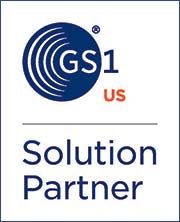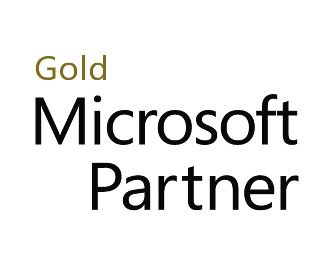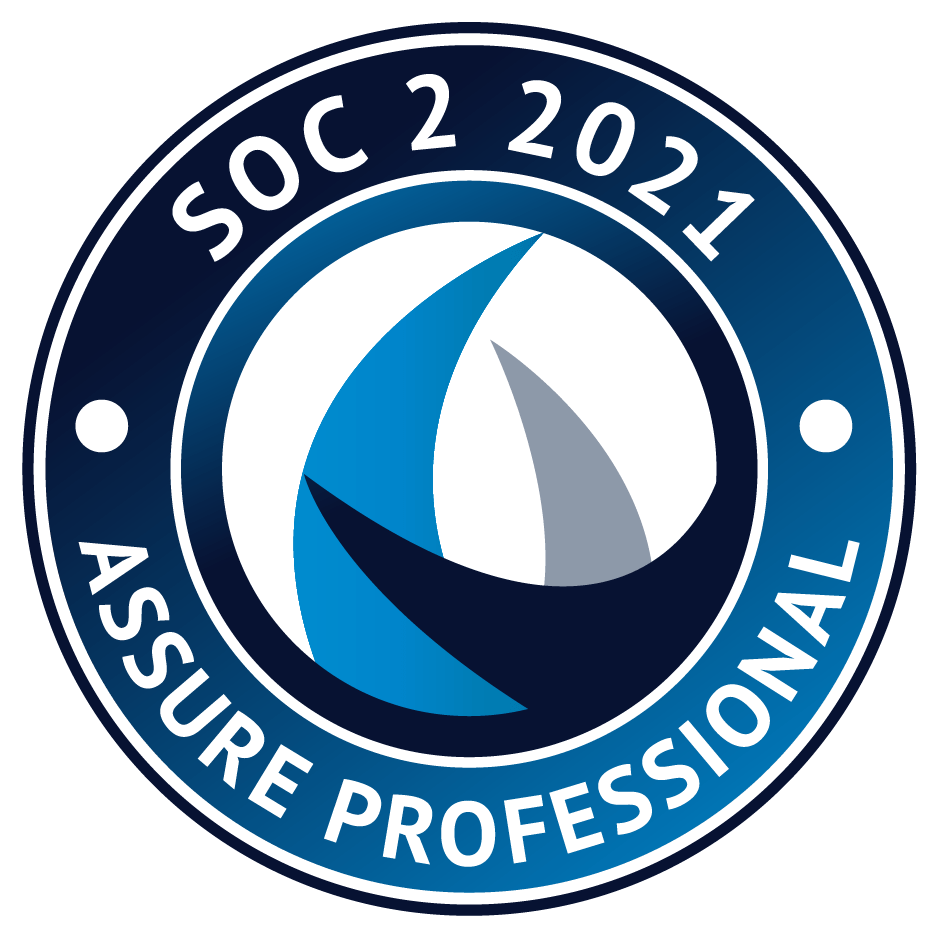Originally appeared on The Human Readable Blog, by TEKLYNX.
Partner Blog BY: NICK RECHT / TEKLYNX
No matter what industry you’re in, proving Return on Investment (ROI) is always a top priority. Are you getting more than what you put in? How much money did you save? Well, I’m here to tell you that you can prove ROI with ERP labeling integration. Within this blog you will learn about TEKLYNX’ ERP labeling integration process, why our integration process helps improve your ROI, and how to prove ROI with your ERP labeling integration.
Before diving in, let’s first cover what an ERP system is. An ERP system is used by businesses around the world to cohesively manage multiple departments and functions of the enterprise. An effective ERP system can coordinate supply chain, financial, and human resources to function together in harmony. With ERP integration, there’s no manual distraction, which means no more manual errors.
Some popular ERP providers include SAP, EPICOR, Global Shop Solutions, and Oracle.
TEKLYNX software is compatible with these providers and many more.
Why You Should Integrate Labeling with Your ERP System
Often times organizations leverage the data from their business systems in their barcode labeling process in a manual fashion. We like to call this, “file, open, print, and pray.” The individual responsible for printing labels opens the label designer, browses for the correct label file, manually populates the necessary print-time data, hits print, and prays they didn’t make any errors. Integrating your label printing system with your ERP system promises to minimize errors, increase print speeds, and maximize your ROI. While an integration project may seem overwhelming, setting your business up for success now means an even more successful business in the future. Why wait?
TEKLYNX ERP Labeling Integration Process
TEKLYNX’ unique integration method means that upgrading is a breeze – not a hassle. Our ERP labeling integration solution relies on simple integration, avoiding complex system integration and constraints. Your ERP system simply adds a record to a database or generates a flat file with the information needed to print. The label printing system sees the new record or file and triggers the print job. When it comes time to upgrade your ERP system, as long as it can continue to generate the flat file, your integrated barcode label printing software from TEKLYNX will continue to work seamlessly.
Why our Integration Process Helps Improve Your ROI
So, why is TEKLYNX simple integration a better option compared to competitors? A deeper integration between the two systems means a simple upgrade could take days or even weeks of development time to ensure the existing system continues to work well with the upgraded system. An extensive upgrade period could also mean downtime for labeling, which means finished goods are not leaving the facility. All in all, a deeper integration is a great way for software developers to keep billing your company.
TEKLYNX enterprise label management products are simple solutions that include numerous optional feature sets. In the instance a needed feature doesn’t exist, it’s common for TEKLNX to develop the requested functionality for the customer and then include it in the next version release of the software for all end users to leverage. When updates are needed, your support contract provides access to our experts and best in class support where each phone call is answered by a real person – no automated voice messages here!
How to Prove ROI with Your ERP Labeling Process
One of the biggest questions you’re probably asking yourself is, “How can I quantify my ROI?” The first thing you should do is look into your current process. Some questions you need to ask yourself are:
- How many print jobs does your business perform in a day?
- On average, how long does it take someone to complete a print job?
- Including time to start up the PC, open the right label format, key in the data, wait for the labels to print, etc.
- What is the fully burdened labor rate of employees performing this function?
- Fully burdened labor rate is usually on the order of 125% of wages.
- How many labeling errors are made in a day, week, etc?
- How long does it take to fix those errors on average?
- Do higher paid individuals get involved? Is there more than one person involved?
- What is the hourly rate of the employees fixing the errors?
- Find the average.
- Are there any additional costs due to errors? This is sometimes hard to quantify, but worth asking.
- Examples would be downstream costs to redo orders, unhappy or lost customers, or fines for non-compliance.
The ROI is essentially determined by three key factors:
- The ongoing cost of your current solution
- The ongoing cost of the new integrated solution
- The investment of executing the new solution
One business reduced their costs by $8,476 per year by integrating labeling with their ERP system. This process drives roughly $42,000 directly back to the bottom line every five years! So now I’m going to ask you, are you ready to set your company up for success and start seeing ROI? Get in touch with a labeling expert today to discuss integrating your labeling with your ERP system.
###











